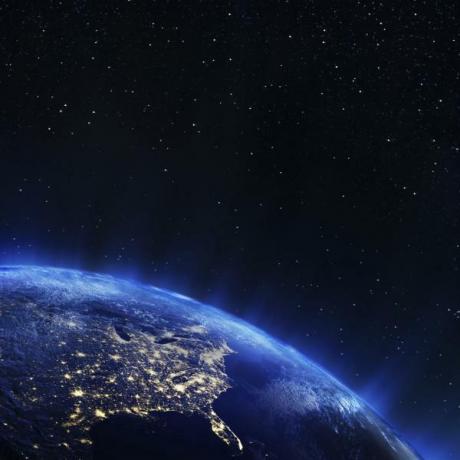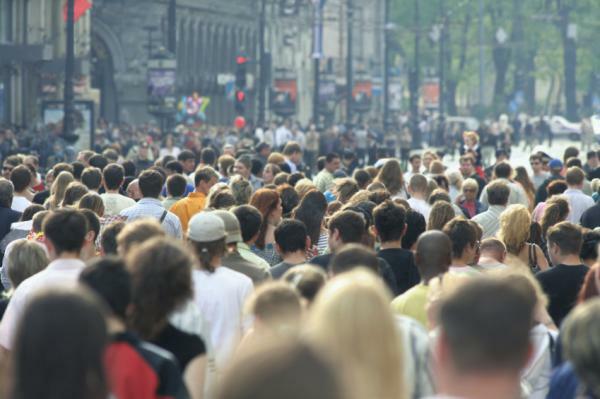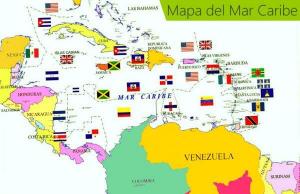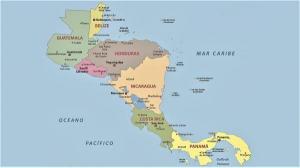How many inhabitants are there in the world today?

About 7.5 billion people they are the ones that inhabit the planet today. The world population is a very important element of our world, something that varies from day to day, and that depends on many demographic factors. The population of the world is something that we like to know, being interested in the evolution that it has over the years. Due to the interest that these figures arouse in us, today in this lesson from a PROFESSOR we are going to talk about how many inhabitants are there in the world today.
Inhabitants of the world today: 7.5 billion people approx.
The population of our planet is very difficult to calculate, since it is a number that varies every second, changing it each new birth or each new death. We could say that it is impossible to get a real number from the true population, being only possible to have one approximate figure. For this there are a series of information sources, which we can consult to get an idea of the number of citizens on our planet.
Information sources to know the number of inhabitants of the world
- The first of these sources is the data collected by United Nations (UN). The UN is the largest international organization in existence, and its functions are to facilitate cooperation among all countries, dealing with a wide variety of functions. One of these functions is the study of the world population, making demographic reports that show the world population according to the UN. According to the United Nations in its latest report, the current world population is 7,550 million inhabitants.
- The second of the sources is the CIA World Factbook, a publication of the Central Intelligence Agency of the United States in which information is published on all the countries of the world. Among the information that we can find in this publication are military, demographic or government data of the countries. For this reason, this publication also talks about the number of inhabitants of the world, which according to the CIA is 7400 million people.
- Other sources are a series of web pages where the world population is reported at the moment, informing at the time of births and deaths and thus calculating the world population at the instant. Some of these pages are Census and Woldometers, which at 2:36 p.m. on August 28, 2018 marked 7,495 and 7,645 million inhabitants respectively.
It should be understood that none of these methods is entirely effective, being really impossible to know the exact number of inhabitants. This is due to censuses do not work equally well in all countries, there are states that do not fully comply with these measures, causing people to remain unregistered. An example of this is China, whose censuses do not coincide with the estimated population of the country.
For all this, to arrive at an approximate figure of how many inhabitants there are in the world today, we must take an average on the sources, comparing them with each other. So according to sources, the world population should be approximately 7.5 billion people.

Evolution of the world population.
The world population has changed a lot over the centuries, evolving in this time the factors that modify the population such as, for example, health, technology or medicines. All this has achieved that we are at the time of greatest number of inhabitants in the world of all history.
It should be borne in mind that population measurements are much more complete today than they were centuries ago, with figures being very those we have from previous centuries are inaccurate, because population censuses have not been an important factor until recently. decades.
Regarding the historical demographic growth, the great population growth in 1950 should be highlighted, with a 53% growth due to, among other factors, the following:
- Increase in Life expectancy compared to other centuries.
- Reduction of mortality rate, either for the end of the great wars or for the improvement in health in the most developed countries.
- Low birth rate, but that receives values higher than mortality, creating an increase in the population.
These factors are found within the demographic transition, a theory that speaks of the passage of a pre-industrial society with high mortality and high birth rate to an industrial society with low mortality and low birth rate, technology causing the increase in population. According to the theory it has been technology the most influential factor so that the world has reached its largest population in all of history.
If you want to read more articles similar to How many inhabitants are there in the world today?, we recommend that you enter our category of Demography.



